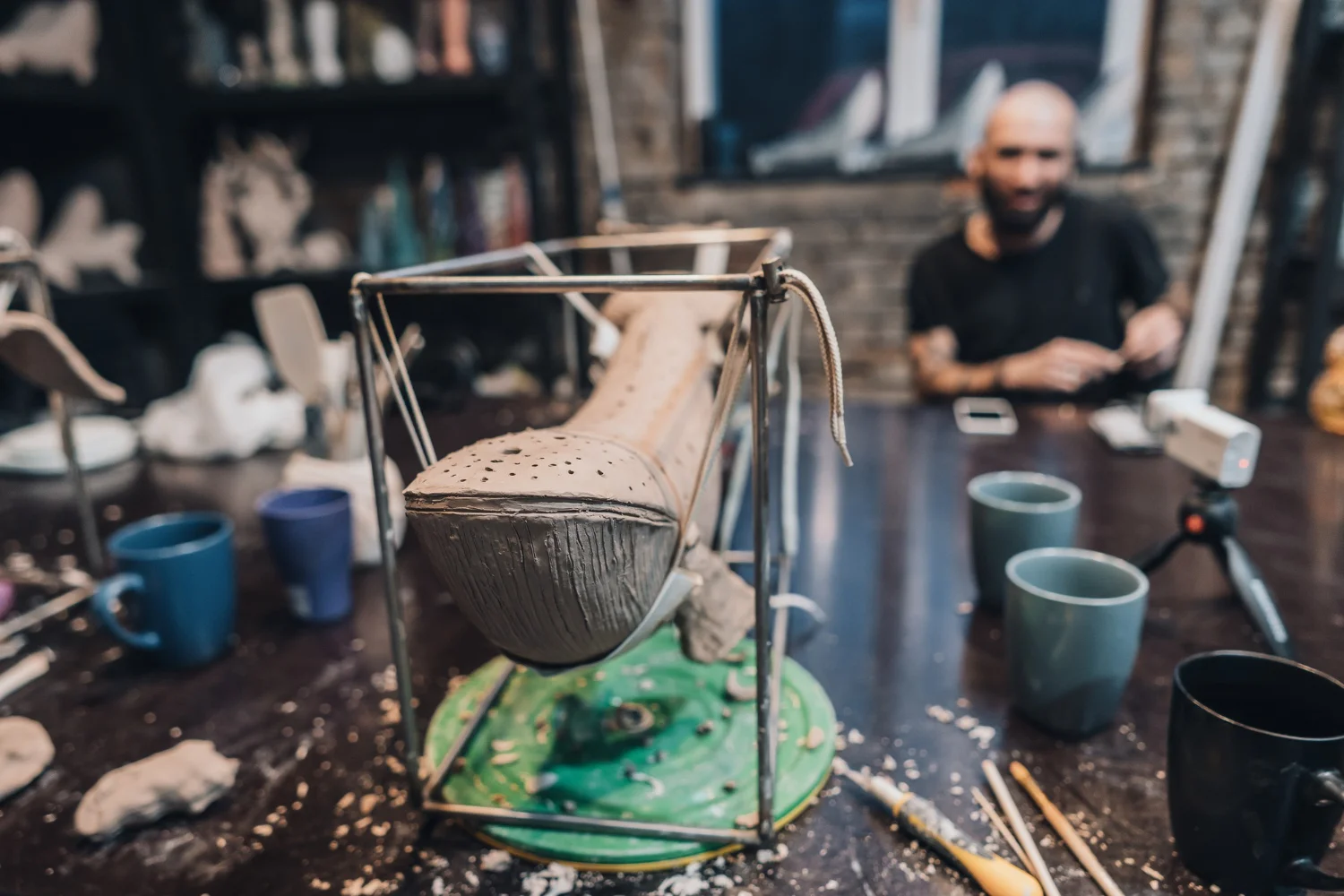Introduction: The Charm of Pappedeckel
It was a bright, crisp morning when Maria, a young girl from a small German village, ran excitedly through the cobbled streets, clutching a mysterious, ornately decorated piece of paper. Her grandmother had entrusted her with an ancient tradition that had been passed down through generations—the making of the perfect pappedeckel. As Maria carefully folded and decorated the paper, she couldn’t help but wonder about the rich cultural significance of this seemingly simple tradition. Little did she know, pappedeckel would play a vital role in her life, linking her to her heritage and marking an important rite of passage in her community.
What is Pappedeckel?
The term pappdeckel refers to a traditional German paper craft that has been practised for centuries. Known for its unique patterns and symbolism, pappedeckel typically involves the decoration of paper, often used in cultural and religious ceremonies. The art of making pappdeckel is more than just a creative hobby; it is a reflection of the values, craftsmanship, and customs that have been passed down through generations in many parts of Germany.
The Origins of Pappedeckel
The history of pappedeckel is rich and deeply intertwined with German folklore. The origins can be traced back to the early Middle Ages when paper was first introduced into European culture. Over time, pappedeckel became more than just decorative—it evolved into a form of communication and storytelling. Families would pass down their pappedeckel creations as heirlooms, each one telling a unique story about the family’s history, traditions, and achievements.
How Paper Became a Cultural Artefact
Initially, paper was a rare and precious commodity, and the people who could afford to use it often did so with great care. By the time pappedeckel came into practice, it was no longer just a functional object but a symbol of wealth, status, and cultural expression.
From Simple Decoration to Symbolic Significance
What began as a simple decoration gradually gained more symbolic meaning. Each design on a pappedeckel was chosen with care, often conveying a message or symbol representing the family’s values or aspirations. This practice became an important cultural artefact in many German communities.
The Process of Making Pappedeckel
Making a pappedeckel is an intricate process that requires patience, creativity, and skill. Traditionally, artisans used handmade paper that was carefully decorated with designs ranging from intricate floral patterns to symbolic motifs representing family heritage. The paper was then often used as part of larger ceremonial displays, such as weddings, births, or harvest festivals. Today, many people still engage in this craft, keeping the tradition alive and preserving its cultural importance.
Materials Used in Pappedeckel Making
The materials used to create pappedeckel are carefully chosen for their texture and quality. Traditional pappedeckel is often made with handmade, textured paper, and colored inks or dyes are used to create detailed designs. The paper is sometimes treated with natural elements like leaves or pressed flowers to add an organic touch.
The Crafting Techniques
There are several techniques involved in making pappedeckel. Artists often use methods like embossing, folding, and intricate hand-painting to create visually stunning and meaningful works of art. The result is a piece that is not only visually appealing but also culturally rich.
The Cultural Significance of Pappedeckel
The cultural significance of pappedeckel extends far beyond its decorative appeal. In German communities, pappdeckel serves as a tangible connection to one’s roots. It is often displayed during key family events, acting as a reminder of the deep cultural ties that bind individuals to their past. The meticulous care put into creating each piece reflects a respect for history, family, and the traditions that shape one’s identity. For Maria, the act of making a pappedeckel wasn’t just about creating a beautiful object—it was a way to honor her ancestors and ensure that the family legacy would live on for future generations.
Pappedeckel in Family Traditions
Within families, pappedeckel has become a symbolic representation of important milestones. These include weddings, births, or other significant events where family members come together to create or display their own pappedeckel, thus strengthening familial bonds and honouring heritage.
The Role of Pappedeckel in Festivals and Celebrations
Throughout Germany, pappedeckel is prominently featured in various cultural festivals and religious celebrations. Whether it’s part of a holiday display or used in a public ceremony, it’s a visual testament to the community’s connection to its traditions.
Pappedeckel in Modern Times
While the tradition of making pappedeckel has endured for centuries, its role has evolved in the modern world. In today’s digital age, many younger generations are rediscovering the art of paper crafts, including pappedeckel. People from all walks of life are returning to their roots, finding solace and meaning in the meditative process of creating by hand. Craft workshops and online tutorials have made it easier than ever to learn this art, and as a result, pappedeckel is experiencing a resurgence in popularity. In a world where mass production often overshadows traditional craftsmanship, the revival of pappedeckel serves as a reminder of the beauty of handmade objects.
Reviving the Tradition
Young artists and hobbyists are embracing pappedeckel once again, integrating it into their modern lives while respecting its traditional roots. This revival is helping to keep the cultural practice alive and relevant to future generations.
Online Communities and Workshops
With the rise of online tutorials and craft communities, it’s easier than ever to get involved with pappedeckel. Many artists now share their techniques and creative ideas, contributing to the preservation and evolution of this beautiful art form.
Why You Should Try Making Pappedeckel
If you’ve never tried making pappedeckel, now might be the perfect time to start. Whether you are looking to connect with your heritage, explore a new creative outlet, or appreciate the beauty of traditional crafts, pappedeckel offers a meaningful and enjoyable experience. The process of creating pappedeckel can also serve as a way to unwind and disconnect from the pressures of modern life. It’s an opportunity to engage in a timeless tradition that has the power to bring you closer to your roots.
Unwind and Explore Your Creativity
Creating pappedeckel is not only a fulfilling way to tap into your creativity, but it also provides a sense of calm and focus. Many people find that engaging in this art form helps them reconnect with their inner peace and tradition.
A Unique Gift for Loved Ones
Handmade pappercraft creations make thoughtful gifts for loved ones. They carry with them a personal story and connection, making them meaningful tokens that reflect your care and craftsmanship.
Conclusion: Embracing the Tradition of Pappedeckel
As Maria carefully folded the final touches on her pappedeckel, she smiled, knowing that this tradition had not only shaped her childhood but also connected her to a long line of ancestors who had once done the same. In a world that often moves too fast, pappedeckel serves as a beautiful reminder to slow down, appreciate craftsmanship, and cherish the cultural traditions that keep us grounded. Whether for its historical significance, its role in family celebrations, or its meditative process, pappedeckel holds a special place in the hearts of those who practice it. So, why take a step back in time and create your own pappadum? You might discover a deeper connection to your heritage than you ever imagined.



